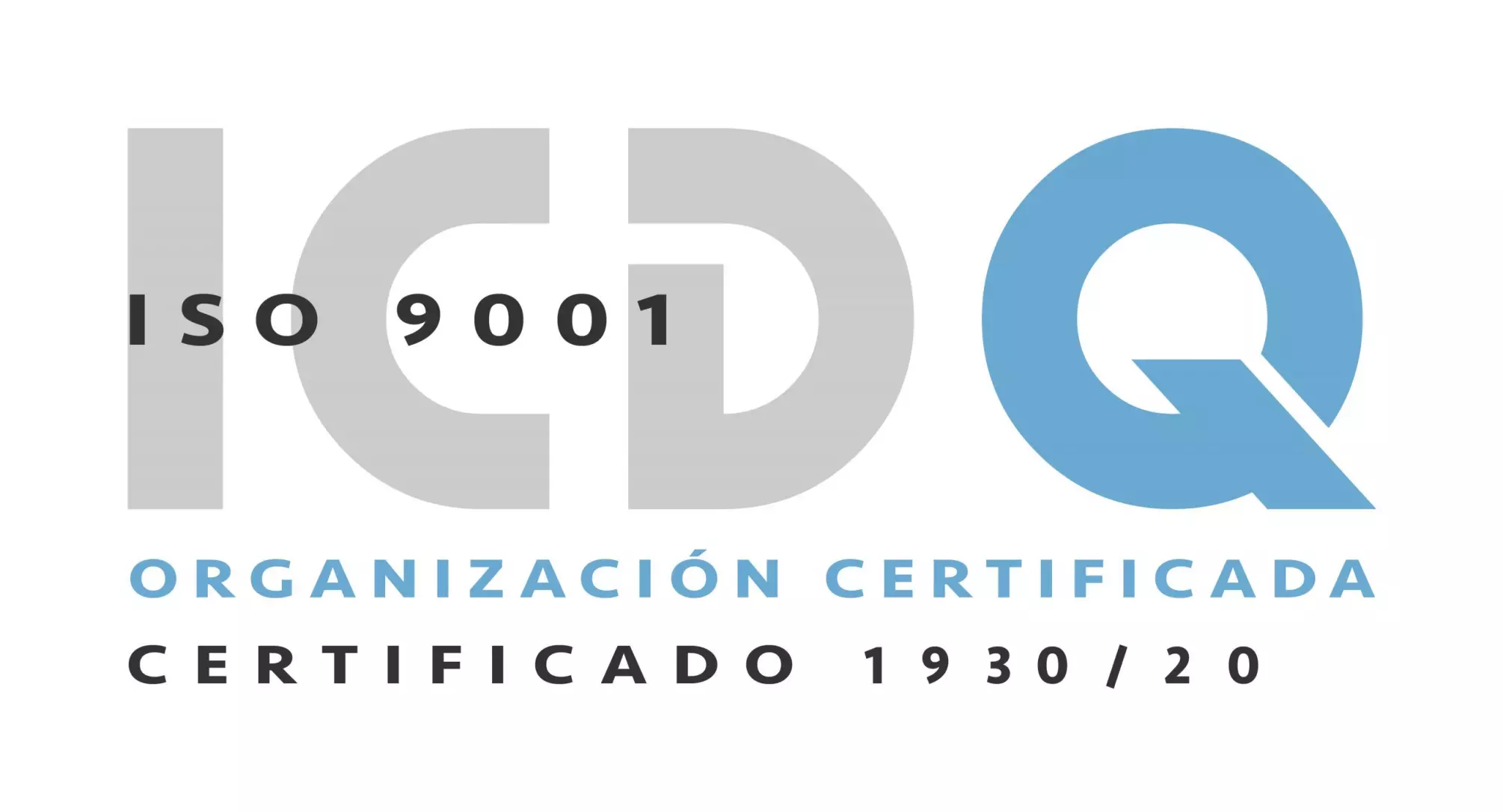How to correctly answer this question? Many companies face the dilemma of deciding whether to maintain hybrid work by resorting to the different proposals included in the approved regulations on teleworking, or return to 100% face-to-face work. It is true that this second option is tempting. Not only because it is easier, but because of the feeling of normality and that everything has already happened, which is associated with a return to the work routine. But can we really go back in the model of work organization?
First of all, we should assume that during confinement, more than teleworking, what was done was remote work forced by circumstances. The "abnormality" of a situation in which children, adolescents and adults were locked up, making use of the technology available at home for their respective academic and work obligations, has nothing to do with the fact of teleworking.
There is no doubt that we have learned a lot in that extreme situation. For example:
- Adapting PRL to teleworking and refocusing issues such as ergonomics, lighting, air conditioning...
- Redefining flexible remuneration policies and resorting to flexible options to continue working in healthy habits, remuneration in kind or volunteering
- Increased investment in technology (the cloud, virtual coworking spaces, etc…)
- Changing digital connection and disconnection habits
- Improving internal communication plans through technology
The objectives were clear: to maintain the activity without reducing productivity, motivation, engagement... or at least, that these KPIs would be affected as little as possible. Six months ahead, it is true that the sectors that kept remote activity going have not seen their productivity drop. However, pandemic fatigue has caused an increase in stress and other psychological issues such as anxiety and isolation that have directly impacted motivation, for example.
Many employees agree to return to 100% presence if the health situation allows it. But many others have discovered that telecommuting is an effective tool for conciliation, that it saves time, can improve productivity and has a positive impact on issues such as the environment or the reduction of commuting accidents. For these employees, the scenario of a hybrid model that allows them to organize their work according to their personal, family and professional needs is the best option.
The necessary technology exists to maintain effective communication, control and organize work times, manage team objectives and promote creativity, innovation and results. HR departments know what the professional profile of “hybrid” leaders is. They know what knowledge, skills and competencies they need to manage teams remotely. And how should the professionals who take advantage of this model of work organization be?
Making the decision about which model to implement in our organization and coming up with the appropriate response can be the difference between success and failure in this new post-pandemic world that we are launching.
By Marisa Cruzado









